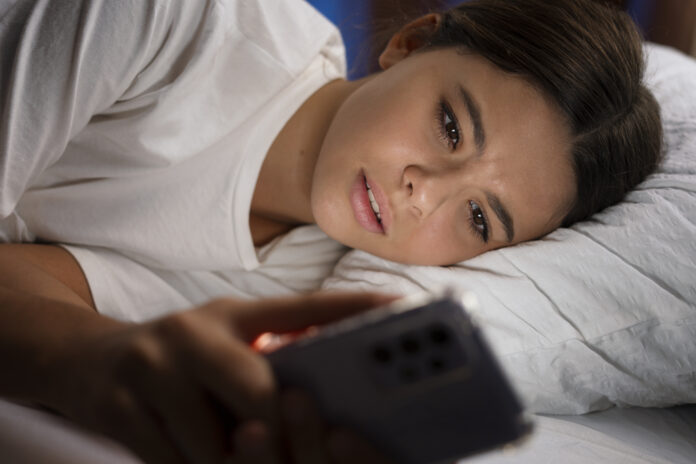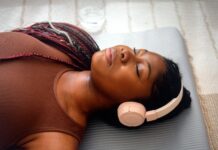By
Newswise — Today, social media platforms have become a primary source for lifestyle advice and trends, including in the area of sleep. According to a 2024 survey from the American Academy of Sleep Medicine, 37% of Americans have experimented with one or more of this year’s viral sleep trends, with members of Generation Z (55%) more likely to try them.
Among these trends, “bed rotting” has become particularly popular. It involves staying in bed, sometimes for extended periods of time like a day or greater, to engage in activities beyond sleeping with the hopes of improved restoration. Nearly a quarter of Gen Z (24%) admit to practicing this trend. This behavior reflects a broader shift in how people use their time in bed, with over half (51%) of individuals spending more than 30 minutes in bed before attempting to sleep, and 27% doing the same in the morning before getting up.
“These trends may not be inherently harmful, but it’s important to remember that the bed’s primary purpose is for sleep,” said Dr. Anne Marie Morse, Geisinger sleep medicine physician and spokesperson for the AASM. “The intentional practice of maintaining healthy sleep habits, like a consistent sleep schedule with regular timing of bedtime and waking and not going to bed unless you are sleepy, will serve as a positive reinforcement of the bed being a place for sleep and is essential for maintaining ease of falling and staying asleep.”
“However, it is critical to differentiate whether the reason for experimenting with new ’sleep trends’ is because of existing difficulties with sleep or unsatisfactory wakefulness, as utilizing trends like ‘bed rotting’ may actually worsen the sleep problem you may be experiencing,” Morse added.
Other sleep trends people are experimenting with include “natural sleep aids” and sleeping routines recommended on social media. Nearly 9% of people have tried drinking magnesium, known as the “sleepy girl mocktail,” while another 9% have tested the effectiveness of sleeping in 90-minute increments. This practice is notably popular among Gen Z, with 15% having tried it. The social sharing about sleep practices has even resulted in individuals reporting they have tuned in to livestreams of others sleeping (8%) or have livestreamed their own sleep (7%).
“As an avid social media contributor, I attempt to be a resource for all things sleep across platforms, and it is exciting to see increasing awareness and socialization about optimizing sleep, rather than the continued stigma, perpetuation and even championing of ‘getting away with’ less sleep,” noted Morse, who uses the handle “@DAMMGoodSleep” on social media. “Sleep problems are common and treatable; however, the right solution for the specific issue at hand is necessary.”
The AASM recommends that adults get seven or more hours of sleep a night with a regular sleep/wake schedule. If there is a continued struggle with your sleep or quality of wakefulness, record the pattern of your challenges over 1-2 weeks and share this information with your health care professional, as you may benefit from further evaluation to identify the best solution for your particular needs.
For more information, or to find a local AASM-accredited sleep center, please visit sleepeduation.org.
Image: freepik

































